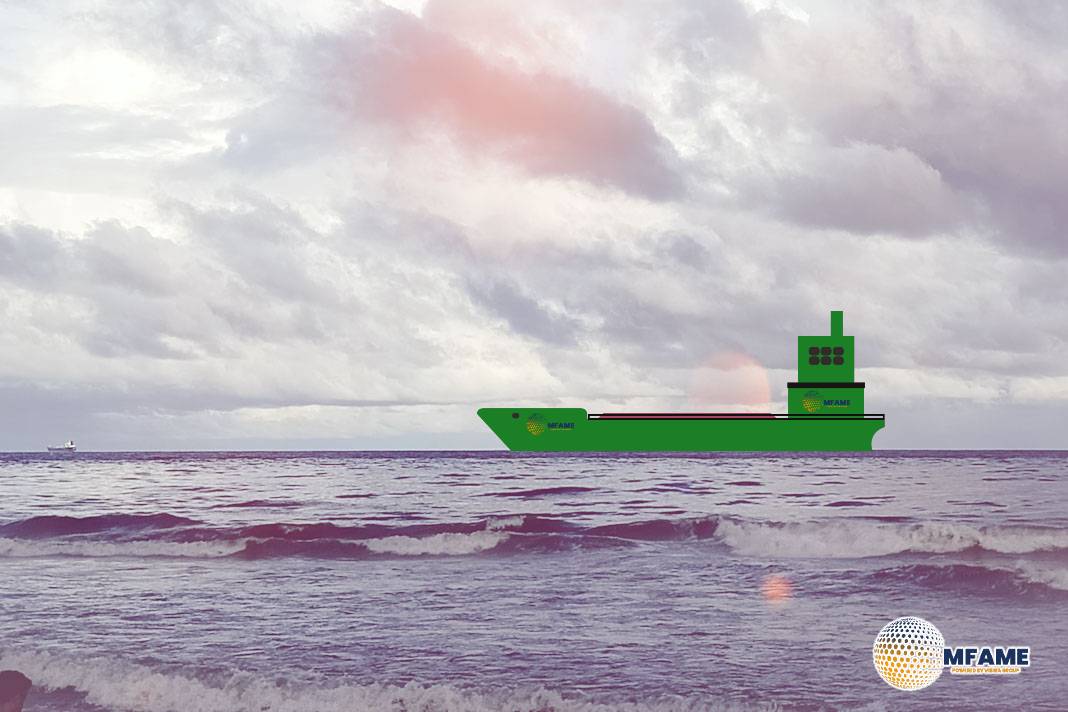- Port congestion across key Northern European hubs is intensifying, with Bremerhaven particularly affected by labour shortages during the recent holiday.
- Compounding the situation, low water levels on the Rhine are limiting barge capacity, particularly out of Antwerp and Rotterdam, further straining inland logistics.
- Major gateways including Antwerp, Rotterdam, Hamburg, and Bremerhaven are now grappling with escalating backlogs, as containerships face mounting delays.
Port congestion is intensifying across global shipping networks, exerting significant pressure on container flows and supply chains. A mix of geopolitical disruptions, infrastructure limitations, and surging demand is creating a complex and persistent bottleneck in maritime logistics.
Causes of the Congestion Crisis
Red Sea Disruptions and Rerouting
Since late 2023, attacks in the Red Sea have forced major shipping lines to divert vessels around the Cape of Good Hope, adding 9 to 14 days to transit times between Asia and Europe. This rerouting has led to increased congestion at alternative ports such as those in southern Europe and North Africa, which are experiencing capacity constraints due to the sudden influx of cargo.
Asian Port Bottlenecks
Asian transshipment hubs, especially Singapore, are grappling with severe congestion. The number of vessels at anchor has surged, and waiting times have stretched to nearly five days. The accumulation of rerouted vessels and higher cargo volumes has exacerbated operational delays.
Infrastructure and Labor Shortfalls
Underinvestment in port infrastructure and ongoing labor shortages continue to fuel the crisis. Ports face limited berthing space, inadequate warehousing, and insufficient staffing. These problems are especially critical at transshipment ports, where delays can ripple throughout global supply chains.
Impact on Shipping Rates and Trade Flows
The congestion has triggered a sharp increase in container shipping rates. Spot rates for 40-foot containers have surged, with key trade lanes seeing prices more than double in recent months. These cost hikes are straining supply chains, increasing expenses for shippers, and ultimately raising prices for consumers.
Longer transit times and delays at ports are also disrupting inventory management and on-time delivery performance across industries, compounding the economic impact.
Outlook and Mitigation Strategies
While the introduction of new container ships may offer some relief by expanding available capacity, persistent issues such as geopolitical instability and inadequate infrastructure remain. In response, shipping companies and stakeholders are pursuing strategies like route diversification, investments in port modernization, and bolstering supply chain resilience.
The escalating port congestion highlights the vulnerability of global supply chains. Continued adaptation, investment, and coordination will be crucial to navigating the challenges ahead and ensuring the smoother flow of global trade.
Did you subscribe to our Daily newsletter?
It’s Free! Click here to Subscribe!
Source: Drewry

















